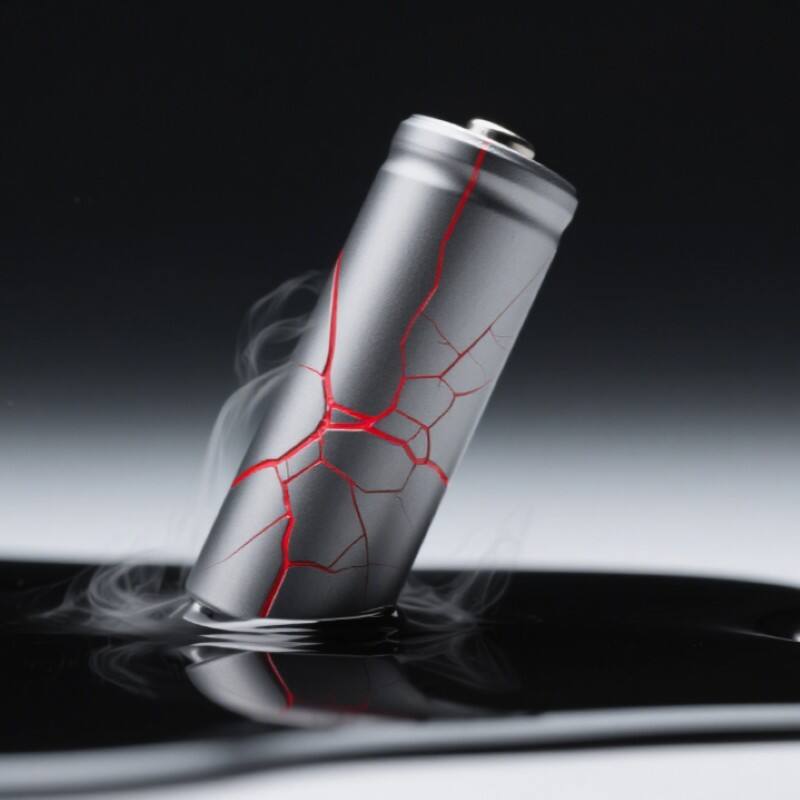Section: How do lithium-ion batteries work?
Section: What are the advantages of lithium-ion batteries?
– Lightweight
– Versatile
– Environmental impact
– Long lifecycle
– Efficient (low self-discharge)
– Fast charging
– No memory degradation
Section: What are the dangers of lithium batteries?
Section: What is the biggest cause of a lithium-ion battery exploding?
– Overcharging
– Overheating
– Short circuit
– Physical damage
– Manufacturing defects
– Improper charging
– Aging and wear
– Electrolyte leakage
– Poor ventilation
Section: How do you know if a lithium-ion battery is failing?
• Failure signs (H4 list)
– Reduced capacity
– Swelling or bulging
– Overheating
– Inconsistent performance
– Slow charging
– Visible damage
– Battery warning messages
– Age of the battery
Section: How can you prevent a lithium-ion battery explosion?
– Buy from reputable suppliers
– Do not overcharge
– Use the manufacturer’s charger only
– Check for damage before use
– Avoid direct sunlight / high heat
– Dispose of batteries correctly (recycling centre)
why lithium battery explode
Lithium-ion batteries are the backbone of today’s portable electronics and electric vehicles, thanks to their high energy density, efficiency, and long cycle life. However, under certain conditions, they may pose risks of fire or even explosion. Tcbest, a trusted battery manufacturer, emphasizes the importance of understanding how lithium-ion batteries work, their advantages, common dangers, causes of failure, warning signs, and proven prevention methods to help ensure safe usage.

How Do Lithium-Ion Batteries Work?
Lithium-ion batteries operate by moving lithium ions between the anode and cathode through an electrolyte.
· During charging: Lithium ions move from the cathode (usually lithium metal oxides) to the anode (often graphite), embedding themselves in the anode material.
· During discharging: The ions move back to the cathode, releasing stored energy, while electrons flow through the external circuit to power devices.
This reversible mechanism provides:
· High energy density for long-lasting performance.
· Low self-discharge, making them reliable even during storage.
· Long cycle life, suitable for portable electronics, electric vehicles (EVs), and renewable energy storage systems.
Advantages of Lithium-Ion Batteries
Lithium-ion batteries have become the preferred power solution due to multiple benefits:
✦ Lightweight design: Easier to carry than traditional batteries.
✦ Versatile applications: Used in smartphones, laptops, drones, power tools, and EVs.
✦ Eco-friendly performance: More sustainable compared to some alternatives.
✦ Long service life: Withstands hundreds to thousands of charge-discharge cycles.
✦ High efficiency: Retains power with minimal self-discharge.
✦ Fast charging: Saves time with quick recharge capabilities.
✦ No memory effect: Maintains full capacity without degradation from partial charges.

The Hidden Dangers of Lithium-Ion Batteries
While lithium-ion technology offers many benefits, safety concerns should not be ignored:
✦ Thermal runaway: Excessive heat can trigger uncontrollable chemical reactions, leading to fire or explosion.
✦ Damage and misuse risks: Crushing, puncturing, short-circuiting, or overcharging may cause catastrophic failures.
✦ Toxic gas release: If ruptured, harmful electrolytes may leak and react with air, creating toxic fumes and fire hazards.
Common Causes of Lithium-Ion Battery Explosions
The biggest reasons for lithium-ion battery failure and explosions include:
✦ Overcharging – Generates excess heat and pressure.
✦ Overheating – Weakens battery structure and stability.
✦ Short circuits – Cause rapid and dangerous energy release.
✦ Physical damage – Cracks or punctures disrupt internal layers.
✦ Manufacturing defects – Poor quality control leads to hidden faults.
✦ Improper charging – Using wrong chargers or cables.
✦ Aging and wear – Old batteries are more vulnerable to failure.
✦ Electrolyte leakage – Flammable materials exposed to air.
✦ Poor ventilation – Inability to release heat safely.

Warning Signs of a Failing Lithium-Ion Battery
Watch out for these signs before a battery becomes dangerous:
✦ Noticeably reduced capacity or shorter usage time.
✦ Swelling or bulging casing.
✦ Unusual overheating during charging or operation.
✦ Random shutdowns or restarts in devices.
✦ Slower charging than normal.
✦ Visible damage like cracks, dents, or corrosion.
✦ Device warning messages about battery health.
✦ Old age – batteries older than 2–3 years are higher risk.
How to Prevent Lithium-Ion Battery Explosions
To maximize safety and reliability, follow these best practices:
✦ Always purchase from reputable suppliers to ensure quality.
✦ Avoid overcharging: unplug the charger once the battery is full.
✦ Use only the manufacturer-approved charger.
✦ Regularly inspect for visible damage before use.
✦ Keep batteries away from direct sunlight and high heat.
✦ Properly recycle old or damaged batteries at certified centers.
Conclusion
Lithium-ion batteries are indispensable in modern life, powering everything from phones and laptops to electric vehicles and solar storage systems. By understanding their working principles, potential risks, and safety precautions, users can significantly reduce hazards and enjoy the benefits of reliable, efficient, and long-lasting power.
